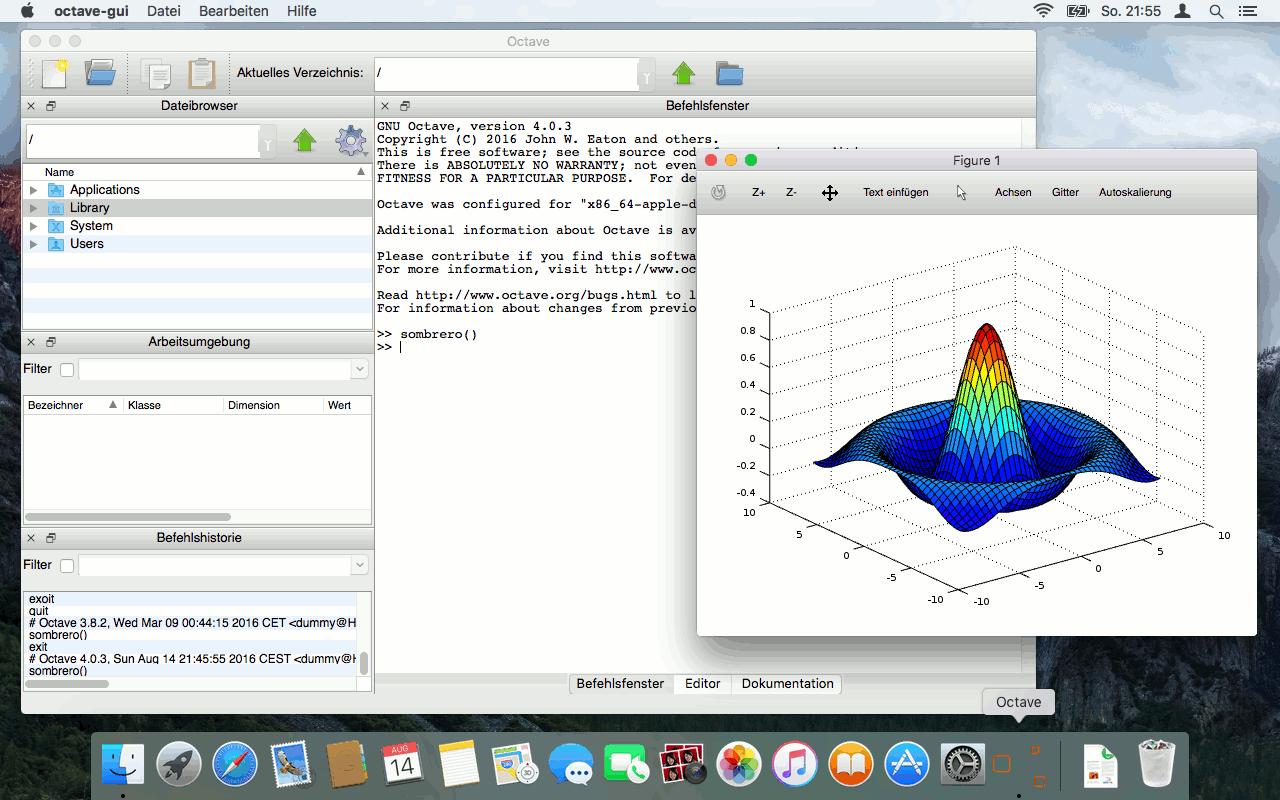

- #Port install for mac how to#
- #Port install for mac mac os x#
- #Port install for mac software#
- #Port install for mac code#
- #Port install for mac download#
An alternative is to install a compiler made by the HPC Mac OS X group, and a nice guide to installing these compilers can be found at this web site. It’s not obvious until you install them, but any of the macports GCC compilers include gfortran – I got it to work with gcc48, but others may well also work. The easiest bet is probably to use macports. This is harder than you might hope, because Apple does not provide such a compiler. To compile DAOPHOT, you’ll need a fortran 77 compiler. So at this point, all three of the S-something utilities should be working. After that, you should be able to run it at the command line by typing “scamp”. This should compile SCAMP and then install it in your /usr/local/ directory. That will configure SCAMP to use all the dependencies that macports installed – for some reason SCAMP’s configuration system isn’t smart enough to find it on its own.
#Port install for mac code#
Once you’ve got that, cd into the SCAMP source code directory and run this command:
#Port install for mac how to#
You can get it by accessing the scamp subversion repository, or if you don’t know how to do that (or don’t want to), this link gets you a tarball of the latest version – just untar it into its own directory. Fortunately, the latest developer version of scamp does work. It turns out the latest released version of scamp (from 2010…) isn’t compatible with recent versions of one of the libraries it depends on. It’s possible that in the future this will get straightened out (especially if I get around to figuring out how to fixing the scamp port file…), but in the meantime you’ll need to compile by hand. The last time I tried it, all the dependencies were fine, but scamp’s compilation failed. This will install all of scamp’s dependencies, and then try to compile and install scamp.
#Port install for mac download#
An easy way to get these is to just download the source code and look in the “config” directory. One important caveat with extractor: the macports version installs the code, but does *not* include some of the files necessary to actually run SExtractor, like the convolution filters or default parameter files. At least on OS X 10.8 with my 2011 Macbook Pro, this just worked without any problems or modifications needed, and you can now use sextractor or swarp by just running “sex” or “swarp” anywhere. Macports will now install the “fftw-3” and “atlas” libraries (ATLAS can take a verty long time to build so be patient), and then install sextractor and swarp. You may not have to add “sudo” at the beginning of those commands, depending on how your permissions are set up, but the default way requires it. It turns out that sextractor, swarp, and scamp are all available on macports, but scamp doesn’t actually compile correctly. (You can get the command line tools either by getting Xcode and installing them via the prompts, or going directly to apple’s developer download site.) SExtrator, SWarp, and SCAMP Note that it will require C compilers, which you can get most easily via the Xcode command line tools. See the macports web site for instructions on how to get macports working.

So these instructions will assume you are using macports. Others may prefer alternatives like fink or homebrew, but I’m not sure whether all the dependencies are available on them. I’ve found macports to be one of the best tools for managing such libraries, as it’s kept very up-to-date and is the easiest to use.

While the first three have library dependencies needed before they will compile, they’re all open source libraries.
#Port install for mac software#
I find this form of licensing a bit curious given the wealth of open source astronomy software already out there, but presumably there’s some reason for it. You have to e-mail the author (Peter Stetson) and ask him for a copy (and sign an agreement that you won’t re-distribute the code). The first three are all freely avaiable from their web sites, but DAOPHOT is a bit different. It turns out this is non-trivial on a recent Mac, so I’m posting here what I found to work, in the hopes that others may find it useful. As part of some upcoming work reducing pODI data, I needed to (re)install a number of different photometry tools.


 0 kommentar(er)
0 kommentar(er)
